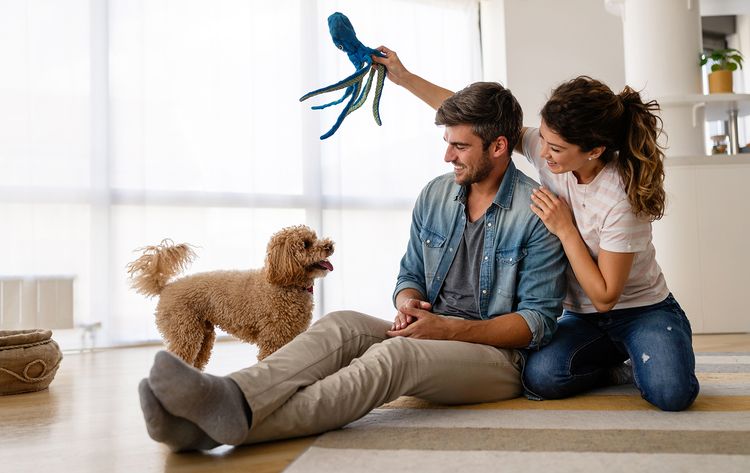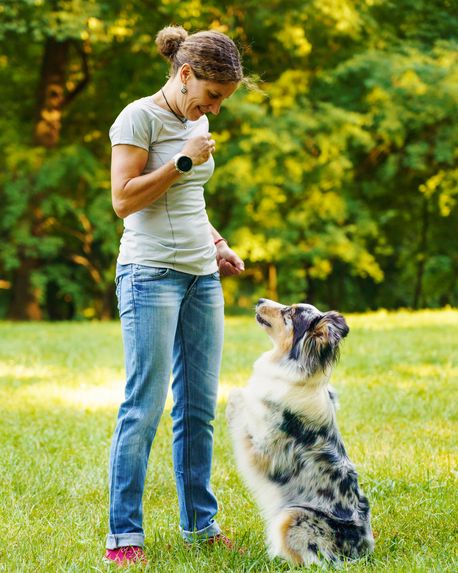Adding a pet to your family can be a rewarding experience, but it's important to…

Introducing a New Pet to Your Home
A new pet can be exciting, and with that excitement comes the impulse to rush the process of introducing your new pet to your home. However, first impressions are everything when it comes to you, your pet, and the home he or she will be inhabiting. It’s important to start things off on the right foot or risk creating habits and relationships that are hard to correct, or causing unneeded stress.
With that said, introducing a new pet to your home can be enjoyable. We created a helpful and simple guide for acquainting your pet to your home in a way that makes everybody happy.
Introduce Your New Pet to Other Pets the Right Way
One of the biggest causes of strife with a new pet is how the older pets will welcome it! While it’s common knowledge that many cats struggle with the introduction of a new animal to their household (aka, their territory), it might come as a surprise that certain dogs can, too.
The Animal Humane Society has a few guides that should cover every scenario you should encounter and how to properly introduce your animals to one another. Take a look:
- Introducing a new dog to a current dog
- Introducing a new dog to a current cat
- Introducing a new cat to a current cat
- Introducing a new cat to a current dog
Consider Obedience Training

As much as we love and want the best for our animals, we can be unwittingly teaching them bad habits. One of the best ways to break those habits, or to keep them from forming in the first place, is through obedience training. This type of training is great for puppies and adolescent dogs and will teach them to respect your boundaries, both of your home and your person.
Don’t Forget to Work with Your Children, Too
One often overlooked dynamic is between your new pet and children. When you see a dog or cat that is great with kids, it’s most likely not an accident; those animals have more than likely interacted with children early on and consistently. The teachable moments between a pet and children go both ways; your animal will learn how to be gentle, and so will the child.
Establish Boundaries
We consider our pets family, right? Just like our other children, it’s important to establish and maintain boundaries around the home. Just as you’ve taught your son or daughter to stay out of the cabinet under the sink where poisonous cleaners may be stored, your dog or cat should understand what is off limits as well.
Believe it or not, both dogs and cats have the intelligence to understand and learn common household boundaries. Cats will respond to double-sided tape; they will avoid any surface where it’s applied, and eventually avoid that area even when the tape is gone. The tape trick is perfect for countertops and other high areas you don’t want your feline to traverse.
Dogs respond more to verbal cues, and with patience and consistency, will eventually learn what to stay away from, whether it’s your expensive couch or a pantry full of delicious food.
Work Slowly, But Surely
When teaching healthy habits to your new dog or cat, the motto is slow but sure. That is, you don’t want to bombard them with boundaries and commands all at once. Instead, introduce them to zones that they can inhabit, then expand the area slowly as they grow familiar with the territory. As their boundary expands across a problematic area, take the time to teach them how to properly engage with those areas.



